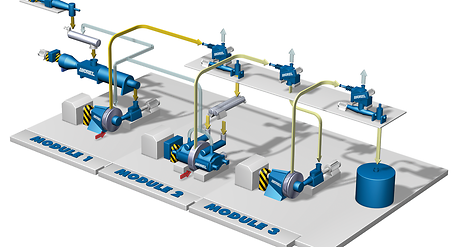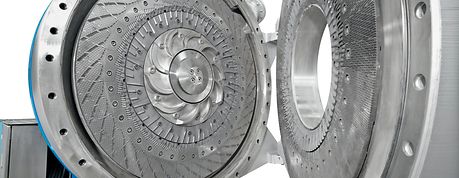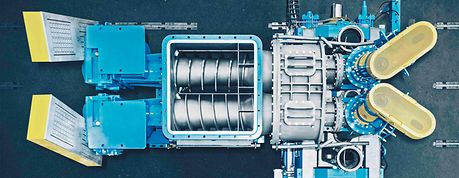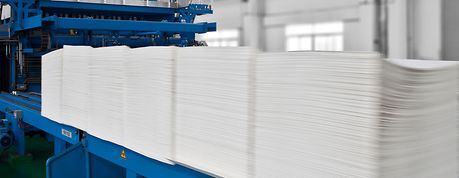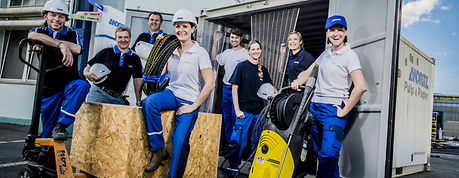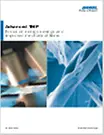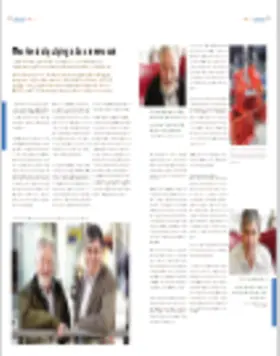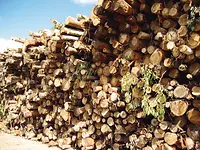Due to its modular design, the ATMP process can be implemented in stages during the rebuild of a conventional TMP (thermo-mechanical pulp) plant. Considerable research has been directed to the fundamentals of wood breakdown – specifically defibration (breaking the chips into fiber bundles) and fibrillation (creating the bonding surfaces) – to reduce the specific energy demand and improve the fiber bonding.
A traditional TMP plant attempts to accomplish defibration and fibrillation in the same primary refiner. The ATMP methodology demonstrates that these two tasks need different conditions in order to succeed. It is better to separate the two steps.
ATMP process description
In the ATMP process, the first stage (RTFibration) is performed in a pressurized Impressafiner and a fiberizer (low specific energy refiner) to delaminate the wood chips into loose structures of fibers. With a large surface area, these bundles are perfect for targeted chemical treatment to attack the secondary fiber walls and improve the bonding characteristics in the next stage (high-intensity RTS refining).



